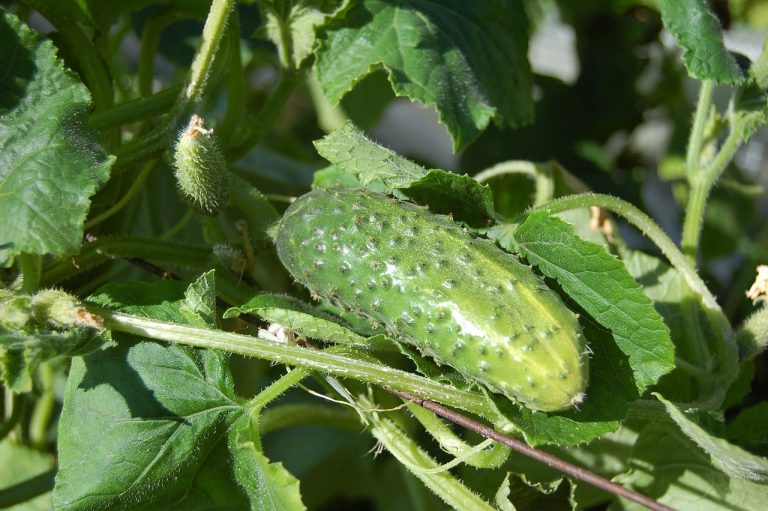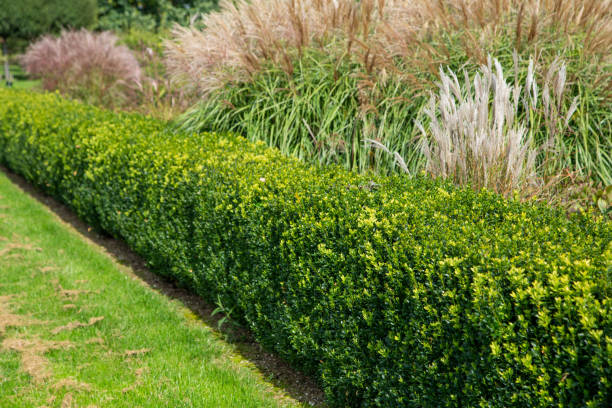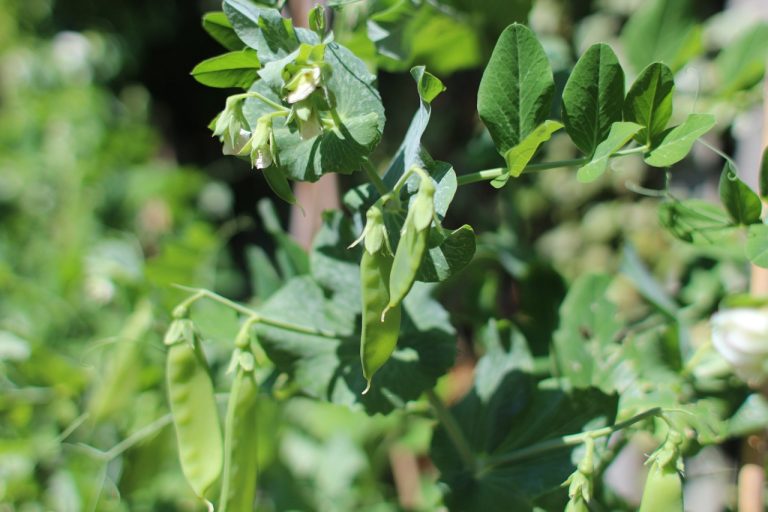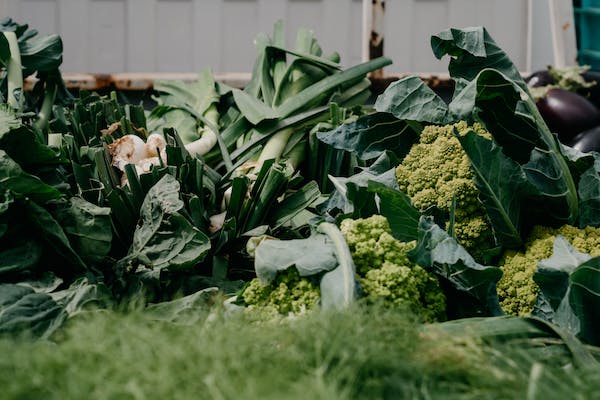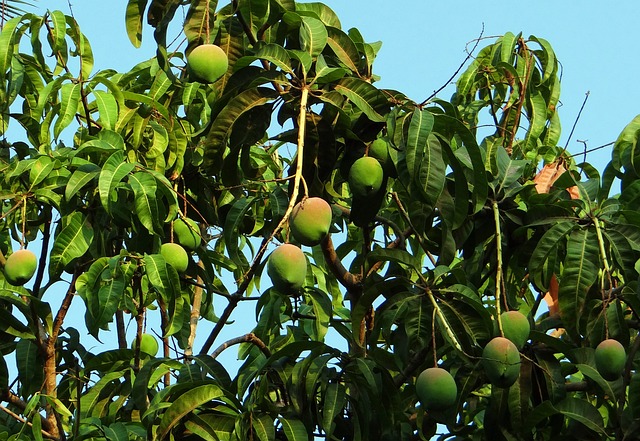How to Grow and Care for Snowdrop Flower? 3 Best Types of SnowDrop
The snowdrop, scientifically known as Galanthus nivalis, is a botanical wonder that ushers in the beauty of late winter and early spring. If you’ve ever wondered how to nurture these enchanting harbingers of warmer days, we’re here to guide you through the art of growing and caring for snowdrops.
Whether you’re a seasoned gardener or a novice, this journey into the world of snowdrops will have you captivated by their timeless beauty and simplicity.
How to Grow and Care for Snowdrop Flower?
These petite flowers typically burst into bloom from late winter to early spring, often in February or March, defying the frosty weather to announce the imminent arrival of milder days.
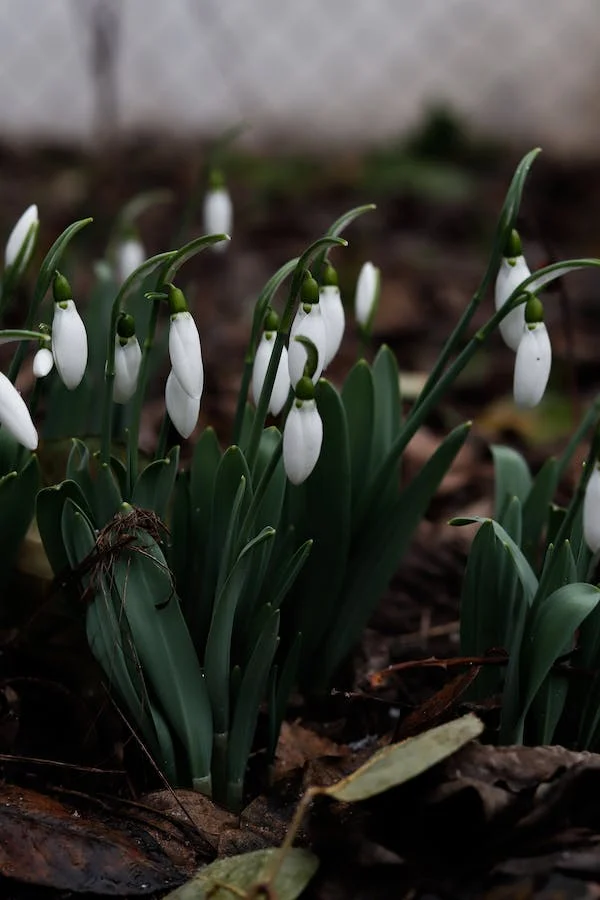
Care for snowdrop
Caring for snowdrops is relatively simple, but it’s essential to understand their specific needs to ensure their success in your garden. Here are some key care guidelines:
Planting Location:
Choose a well-drained, partially shaded dappled sun location in your garden. Snowdrops thrive in moist soil during their active growing season, but they also appreciate some shade as the weather warms up.
Planting Depth:
Plant snowdrop bulbs about 2-3 inches deep in the soil. Space them approximately 2-3 inches apart.
Watering:
While they prefer well-draining soil, snowdrops appreciate consistent moisture during their growing season in late winter and early spring. However, they can tolerate dry spells once they finish blooming.
Fertilisation:
Snowdrops are not heavy feeders. A light application of a balanced fertilizer in the fall or early spring can be beneficial.
Mulch:
Apply a layer of mulch to help conserve moisture, regulate soil temperature, and reduce competition from weeds.
Maintenance:
After blooming, allow the foliage to die back naturally. Don’t cut it off prematurely; this helps the bulbs store energy for the next season.
Protection from Extreme Cold:
In extremely cold climates, a layer of mulch or leaves over the planting area can protect the bulbs from severe frost.
Enjoy the Beauty:
Snowdrops are one of the first signs of spring, and their delicate, nodding blooms are a sight to behold. Take time to appreciate their beauty and the promise of warmer days they bring.
With these care guidelines, you can cultivate a lovely display of snowdrops in your garden, creating a stunning transition from winter to spring.
3 Types of Snowdrops:
There are several species and numerous cultivars of snowdrops (Galanthus) known for their subtle but enchanting differences. Here are a few notable types of snowdrops:
Galanthus nivalis:
Commonly known as the “common snowdrop,” this species features small, bell-shaped white flowers with a green mark on each inner petal. It’s a classic choice for early spring gardens.
Galanthus elwesii:
Elwes’s snowdrop is larger than the common snowdrop and has distinctive, broader leaves. It typically blooms slightly later in late winter.
Galanthus plicatus ‘Wendy’s Gold’:
This cultivar stands out with its bright yellow markings on the inner petals, adding a splash of colour to the typical white snowdrop.
Propagation:
Propagation can be a slow process with snowdrops, so patience is essential. Keep in mind that while division is the most common and reliable method, seed propagation and twin scaling are less commonly used due to their longer timeframes and intricacies.
Regardless of the method you choose, ensuring the health and vitality of the parent plant is crucial for the successful propagation of snowdrops.
Growing snowdrops from seed:
Growing snowdrops from seeds is a more challenging but rewarding way to propagate these beautiful plants. Here’s a step-by-step guide on how to grow snowdrops from seeds:
Seed Collection:
Collect mature snowdrop seeds in early summer when the seed capsules have turned yellow. You can do this by gently splitting open the capsules and extracting the small black seeds inside.
Seed Preparation:
Clean the seeds by removing any remaining seed capsule debris.
Optionally, stratify the seeds by placing them in a plastic bag with damp vermiculite or peat moss.
Seal the bag and store it in the refrigerator for 6-8 weeks. This mimics winter conditions, which can help improve germination rates.
Seed Sowing:
- Fill a seed tray or pots with a well-draining compost mix. Snowdrops prefer a mix that’s equal parts sand, peat, and loam.
- Sow the stratified or non-stratified seeds on the surface of the compost, spacing them evenly.
- Gently press the seeds into the soil but do not cover them; snowdrop seeds require light to germinate.
Germination Conditions:
Place the seed tray or pots in a cool, shaded location with indirect light. Ideal temperatures for germination are around 50°F (10°C).
Keep the soil consistently moist but not waterlogged.
Transplanting Seedlings:
Snowdrop seeds may take time to germinate, often ranging from several weeks to several months. Be patient.
Once the seedlings are large enough to handle, typically with a few sets of true leaves, transplant them into individual pots or directly into your garden. Be gentle to avoid damaging the delicate roots.
Garden Planting:
Choose a well-drained, partially shaded spot in your garden for planting the young snowdrop seedlings.
Plant them at the same depth as they were in their pots.
Pruning of snowdrops:
Snowdrops, known for their delicate beauty, don’t require extensive pruning. Their foliage should be left intact after flowering to allow the bulbs to store energy for the next season.
Once the foliage has turned yellow and dried up, you can gently remove it. Simply grasp the yellowing leaves near the base and give a slight tug to pull them away. Avoid cutting the leaves, as this can potentially damage the bulbs.
Common problems with snowdrops:
Snowdrops are generally hardy and resilient plants, but they can still encounter a few common problems. Here are some issues you might encounter when growing snowdrops:
Pests:
Snowdrops are relatively pest-resistant, but they can sometimes fall victim to pests like slugs and snails, which may chew on the leaves and flowers. Using organic or chemical slug and snail control methods can help protect your snowdrops.
Fungal Diseases:
Snowdrops can be susceptible to fungal diseases, such as grey mould (Botrytis) and snowdrop rust (Puccinia galanthi). To prevent these diseases, ensure good air circulation, avoid overcrowding, and remove any infected plant material promptly.
Bulb Rot:
Poorly drained soil or excessive moisture can lead to bulb rot, which can cause snowdrop bulbs to rot and fail to produce healthy foliage and flowers. Planting snowdrops in well-draining soil and not overwatering can help prevent this issue.
Frequently asked questions
Should snowdrops be cut back after flowering?
Snowdrop foliage should not be cut back immediately after flowering. It’s important to allow the leaves to continue photosynthesizing and storing energy in the bulb for the next season.
Wait until the leaves turn yellow and begin to wither, which can take several weeks to a couple of months, before removing them. At this point, you can gently tidy up the foliage by pulling away the yellowing leaves.
When is the best time to plant snowdrop bulbs?
The best time to plant snowdrop bulbs is in the fall, typically from September to November, before the ground freezes. This allows them to establish roots before winter.
How do you preserve snowdrop bulbs?
To preserve snowdrop bulbs, you can dig them up after their foliage has withered, typically in early summer, and store them in a cool, dry place until it’s time to replant them in the fall.
Make sure the bulbs are clean and dry, and consider storing them in a mesh bag or paper bag to allow for proper ventilation. Keep them at a temperature between 35°F and 45°F (2°C to 7°C) to prevent them from drying out or rotting.
How quickly do snowdrop bulbs multiply?
Snowdrop bulbs tend to multiply slowly. On average, you can expect a clump of snowdrop bulbs to double in size every 4-5 years. The speed of multiplication can vary depending on factors like soil quality, growing conditions, and the specific snowdrop variety.
How long do snowdrops stay in flower?
Snowdrops typically stay in flower for 2-3 weeks. The exact duration can vary based on the weather and growing conditions. These charming early spring bloomers provide a relatively short but captivating display, signalling the transition from winter to spring with their delicate white blossoms.
When do snowdrops typically bloom?
Snowdrops usually bloom in late winter to early spring, often in February or March, depending on your climate.
How long do snowdrops stay in bloom?
Snowdrops typically stay in flower for 2-3 weeks. The duration can vary based on weather conditions and the specific variety of snowdrops.
How often should snowdrops be watered?
During their growing season in late winter and early spring, snowdrops prefer consistent moisture. Water them when the soil starts to dry out. However, they can tolerate dry spells once they finish blooming.
Do snowdrops require fertilization?
Snowdrops are not heavy feeders. A light application of a balanced fertilizer in the fall or early spring can be beneficial but is not strictly necessary.
Conclusion:
In conclusion, growing and caring for snowdrop flowers can be a rewarding and delightful experience for any gardening enthusiast. These resilient and delicate blooms not only herald the arrival of spring but also provide a sense of renewal and hope.
By following the guidelines outlined in this article, gardeners can ensure the successful cultivation of snowdrops, creating a beautiful spectacle that brightens the winter landscape.
Remember that these tiny wonders thrive in the cool, moist conditions of early spring, making it essential to mimic their natural habitat.
With proper planting, watering, and attention to detail, anyone can enjoy the simple elegance of snowdrop flowers in their garden, celebrating the promise of new beginnings each year.
